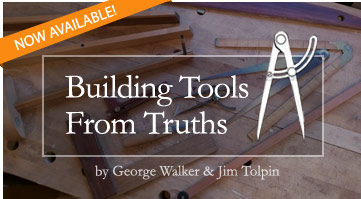Blog
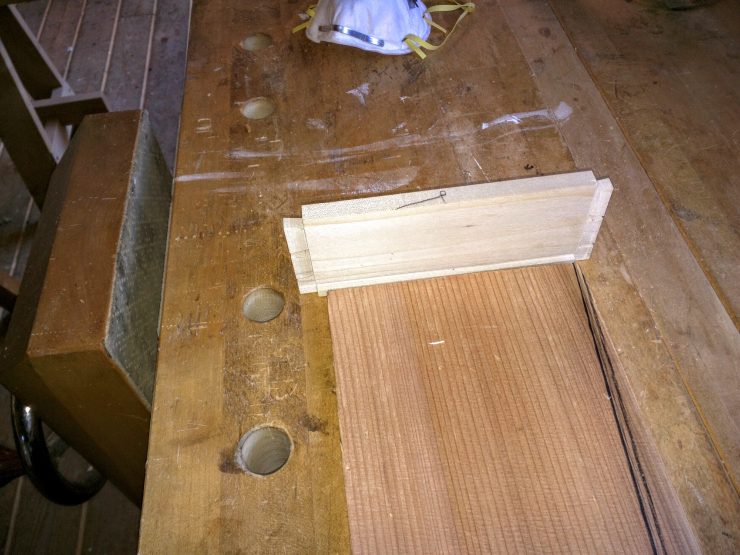
Old-School Board Stretching Trick
In the process of building the sliding till for a tool chest (which was started by Chris Schwarz and will be auctioned off when I'm done with it…
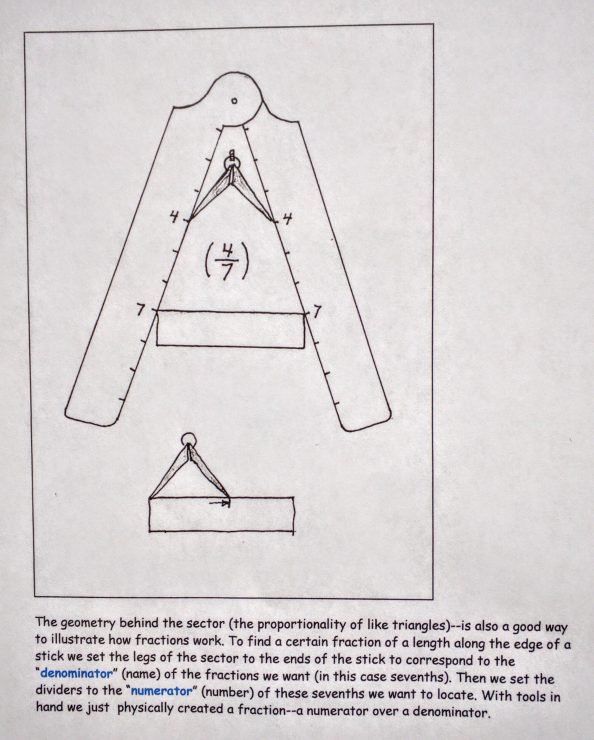
Fractions in a fraction of the time
Here’s a page from a forthcoming book I’m working on about the core geometric truths (first principles) that underlie–and led to the development of– all our layout tools,…
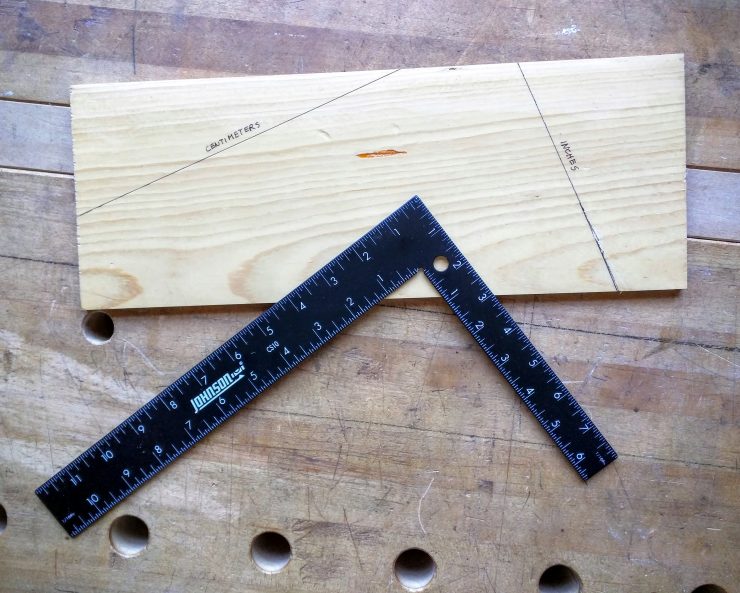
Old School Framing Square Trick #1
One of the primary uses of the framing square is to create slope lines for calculating unknowns--not necessarily in all cases to high precision, but to get you…
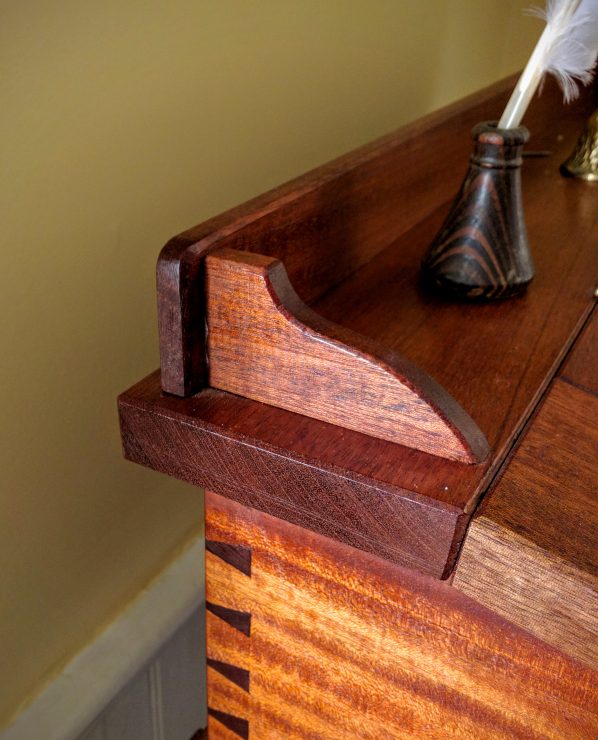
Sine Curves the Easy Way
To develop the curves in the various brackets--here the support for the back fence on the lid of a correspondence desk-- I followed the ancient practice of…
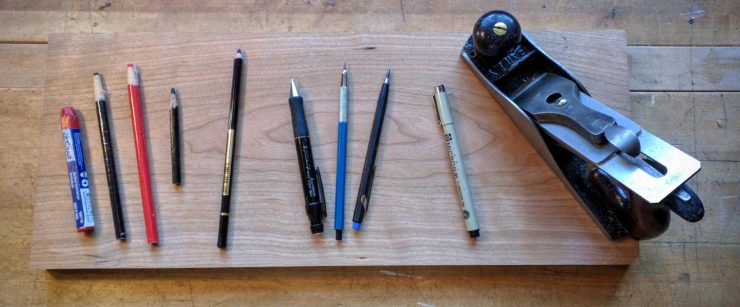
Mark Marks the Spot
In the last post I showed you the layout marking tools that not only marked points and lines, but made physical indications of divots or lines in the…
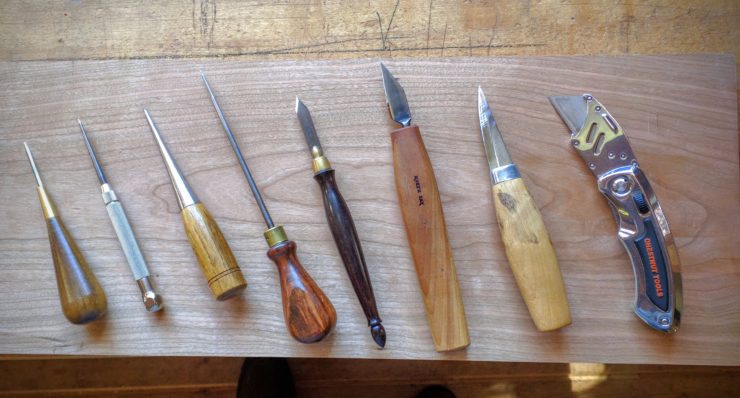
X Marks the Spot
To be precise, the "pointy sticks" X-1 through X-8 marks the spot. All these layout marking tools do the job, but all in a somewhat different way to…
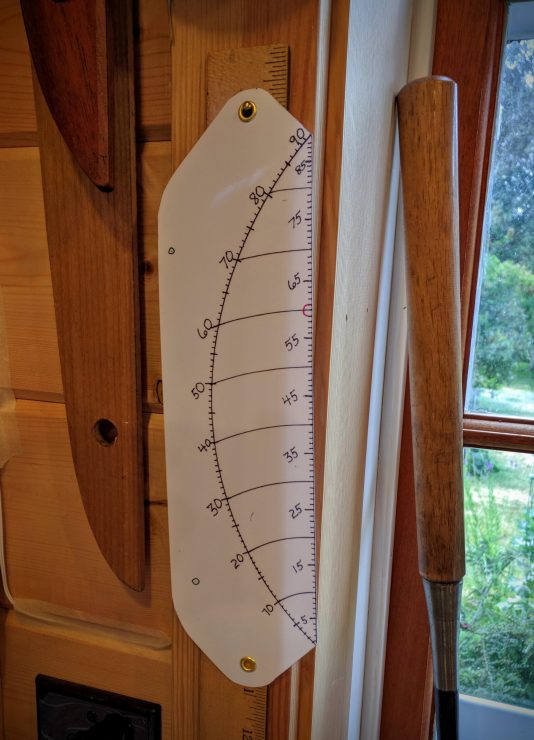
Scale of Chords Upgrade
After using the scale for a while, I decided to give it a few new features: Paper-rivet lined hang-up holes and two index points for setting the dividers…
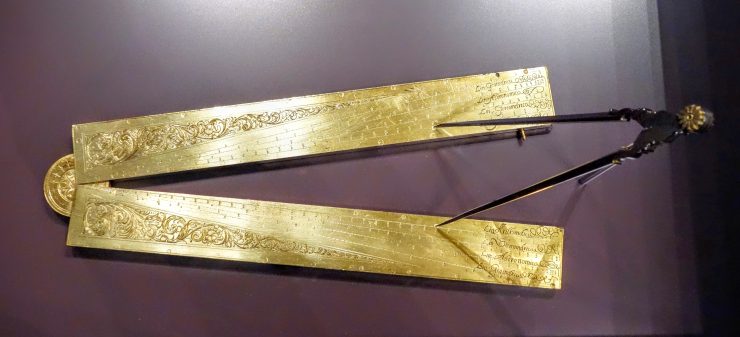
Hands-on Teaching Tool
Here's a page from a forthcoming pamphlet I'm working on about the geometric truths that underlie--and led to the development of-- all our layout tools, including (basically end…
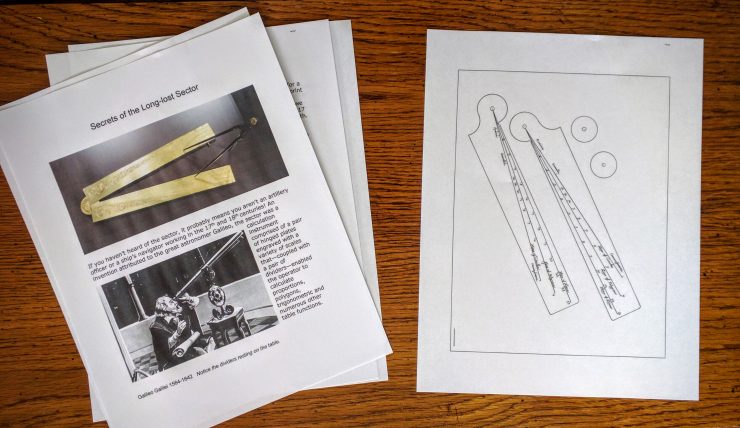
The Sector: For Free and For Sale!
If you haven’t heard of the sector, it probably means you aren’t an artillery officer or a ship’s navigator working in the 17th century! An invention attributed to…
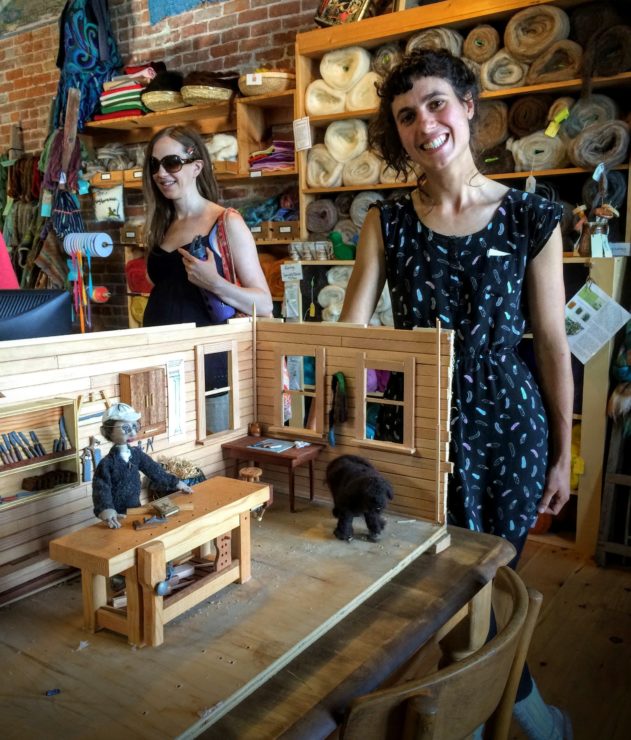
Hand Tool Heaven—the Movie!
Check out Andrea's new animation work for our hand tool oriented courses at the Port Townsend School of Woodworking. Hard to believe, but everything you see in the…


